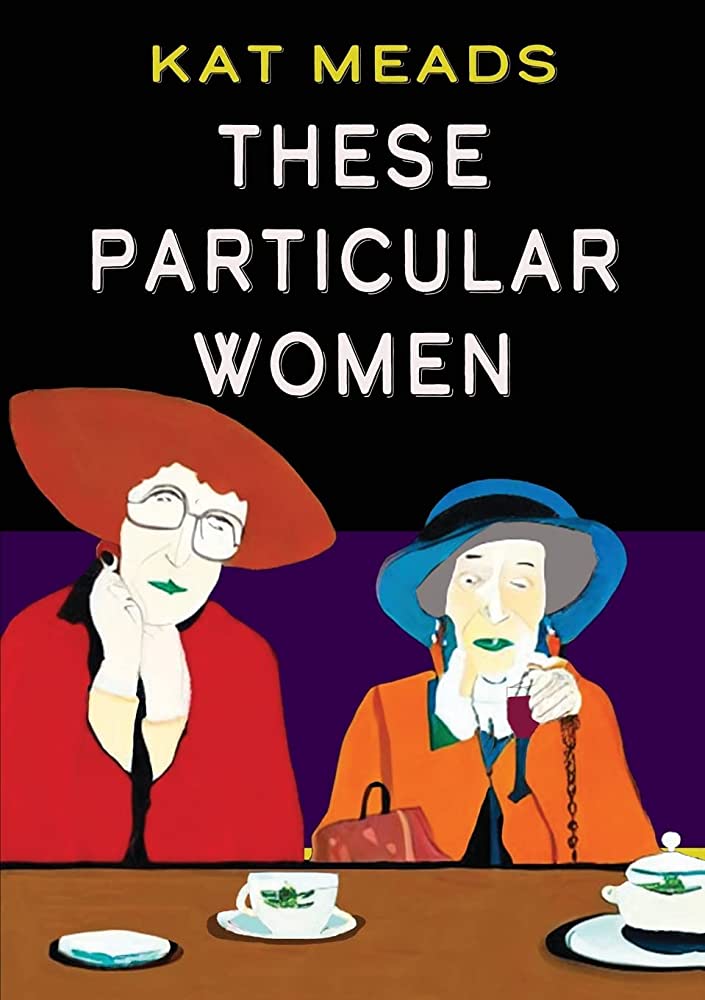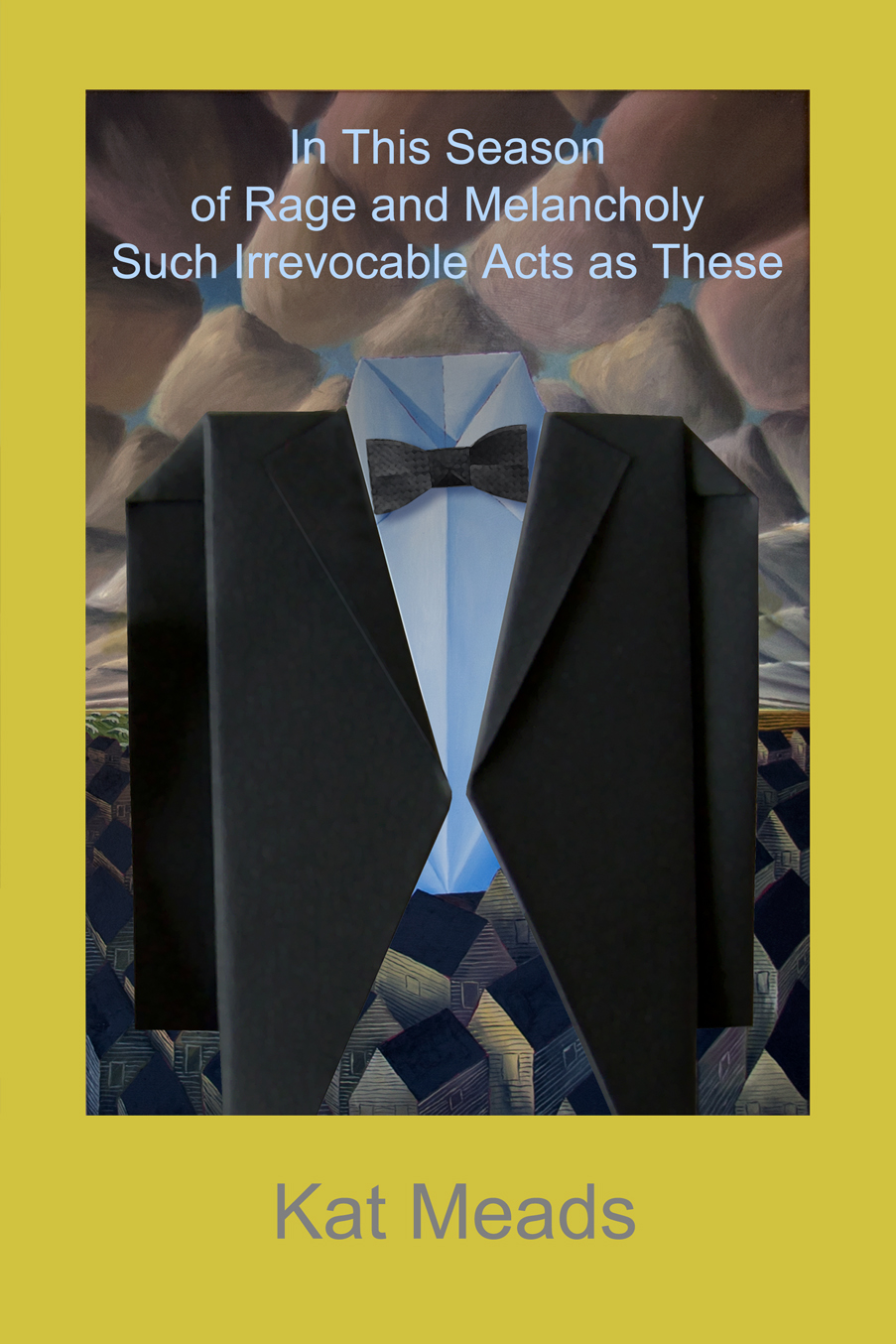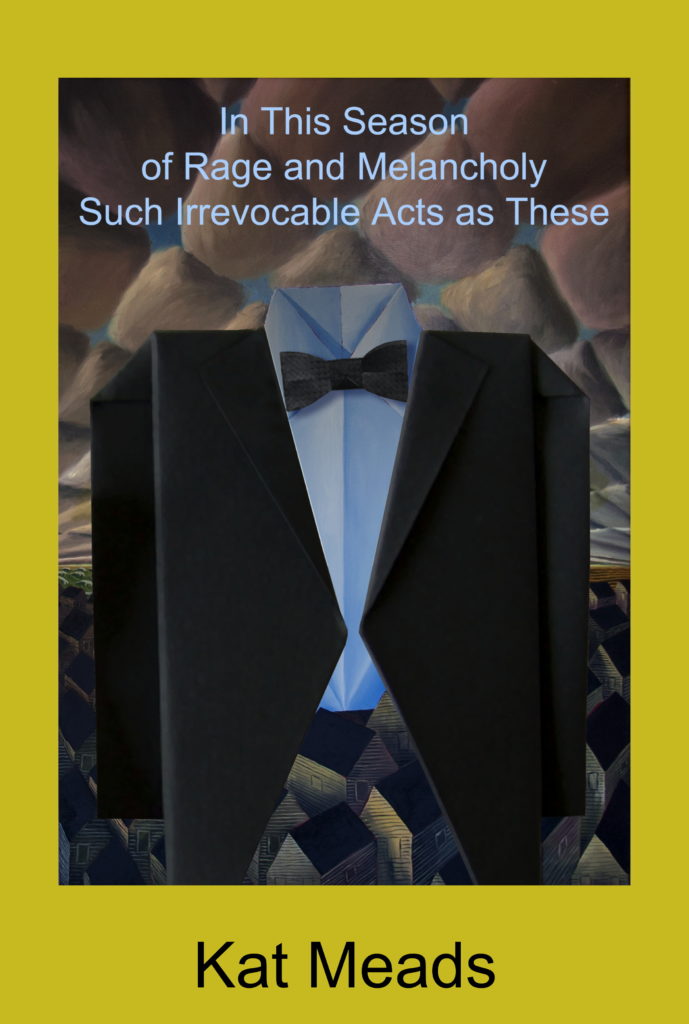

Congratulations to Kat Meads for her new book These Particular Women, published by Sagging Meniscus Press. In this collection, Meads “investigates ten famous/infamous women and the exceedingly contradictory biographical and autobiographical portraits that survive them,” including Virginia Woolf, Agatha Christie, Sylvia Plath, and Flannery O’Conner.
Kat Meads’s new collection of essays examines several famous (or perhaps infamous) women—the kind of women often labeled shrill, pushy, angry, bitchy. The reader who is not intimidated by a strong woman demanding her right to make her own plans for her own life will enjoy the author’s quiet but often sardonic tone as she retells these women’s stories by strategically quoting and skillfully questioning those who wrote about but clearly did not understand (and sometimes didn’t even like) them. Kat Meads likes these women, and so will other women, who recognize how they have so often been misunderstood.
—Margaret D. Bauer, author of A Study of Scarletts: Scarlett O’Hara and Her Literary Daughters
Kat Meads has written six novels, three essay collections, two short fiction collections, an epistolary memoir, and a hybrid fiction. She’s won a variety of awards, including five Best American Essays Notable citations. To learn more, go to her website.
Built from bits and grains and jots of detail, built impeccably from exhaustive research and in effortless prose, Kat Meads’s portraits of singular, extraordinary women are particulate in the service of telling the story of whole (and wholly unknowable) women. If you love literary pilgrimages, if you yourself are a literary pilgrim, if you love stories (and stories about stories, and stories balanced like excellent hats on the heads of other stories) you will find this exploration of literary women’s lives thrilling and addictive.
—Elizabeth Cooperman, author of Women Pissing
To purchase These Particular Women, go here.
Kat Meads’ essay “Relativism: The Size of Tsar in Vegas” appeared in Issue 2 of Superstition Review.




